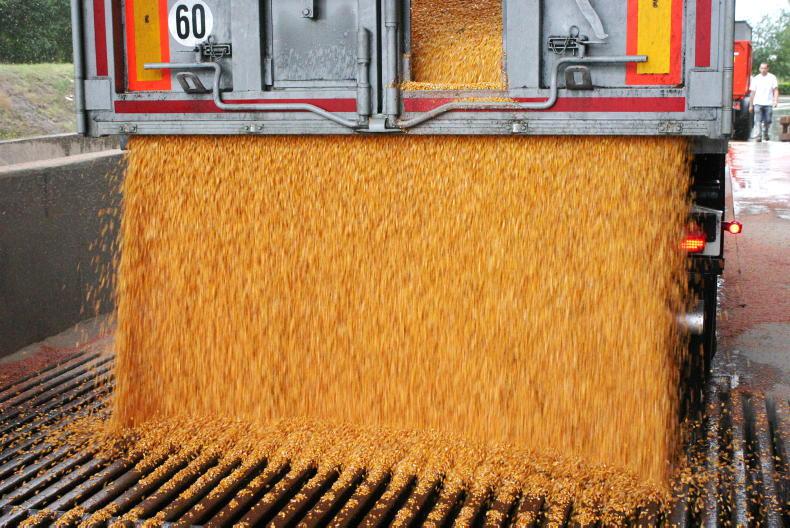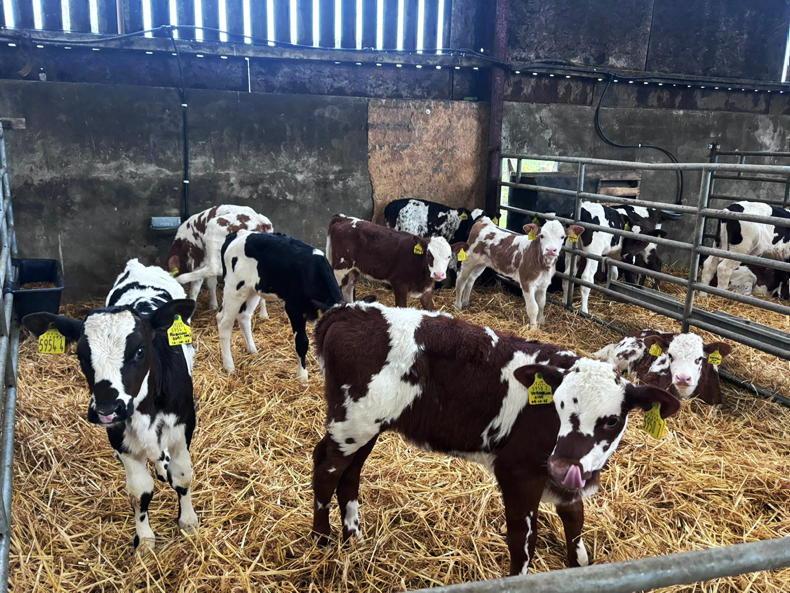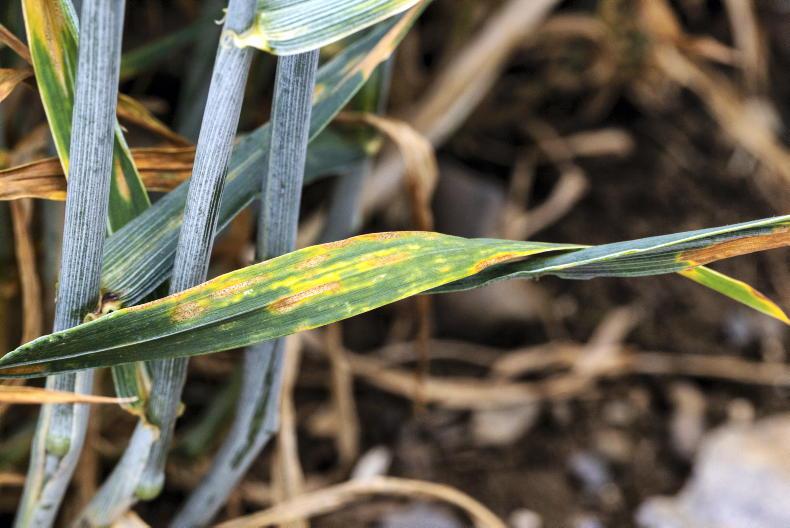Goldcrop’s Dave Barry explained that there will be a lot of maize with low dry matter yields this year as a result of late sowing.
Crops that were not covered are likely to be lower in dry matter. Crops at levels less than 25% are at risk of losses through effluent.
At the company’s recent maize and beet open day, Dave said, ideally, you want to harvest a dry cob with a cheddar cheese consistency and green leaves. That dry matter would be 25% to 30% and preferably at the higher end of that scale.
“This year, a lot of crops will be harvested and they won’t have reached that stage. As you come back from that, you’ll end up with cobs that might be a soft cheese texture, a milky texture or like a lot of uncovered crops have at the moment, a kind of a watery liquid that’s inside in the grain and there’s a lot of sugar in those plants, so it’s still highly nutritious food.
“It’s just that when you harvest the silage, it’s going to end up at 22% to 23% dry matter instead of the 28% to 30% that you want. That nutritious sugar material in there would come out of the pit as effluent if you don’t do something to hang on to it.
Effluent
“You have to keep the effluent somehow. The easiest way is to put in something like citrus pulp, soya hulls or beet pulp if it's available.
"You’re looking at 50kg to 80kg of pulp or soya hulls per tonne of maize silage in order to hang on to whatever effluent will be there.”
Dave said that sugar beet pulp is the best thing to absorb that effluent if it is available.
He said that 1t of sugar beet pulp can soak up approximately 2t of effluent or 1t of citrus pulp can soak up about 1.6t of that effluent, while soya hulls can soak up about 1.2t of effluent.
Dave commented that 1t of straw will not soak up enough of that effluent and may only take in about 300kg compared with the products above.
It should be noted that those products will be imported, but will not be used in large amounts and will support the use of Irish-grown maize silage.
Dave said ideally crops should be harvested around 15 October and definitely by 20 to 25 October before any frost will damage the leaves of the plant.
Listen to the full interview on the Irish Farmers Journal’s Tillage Podcast.










SHARING OPTIONS